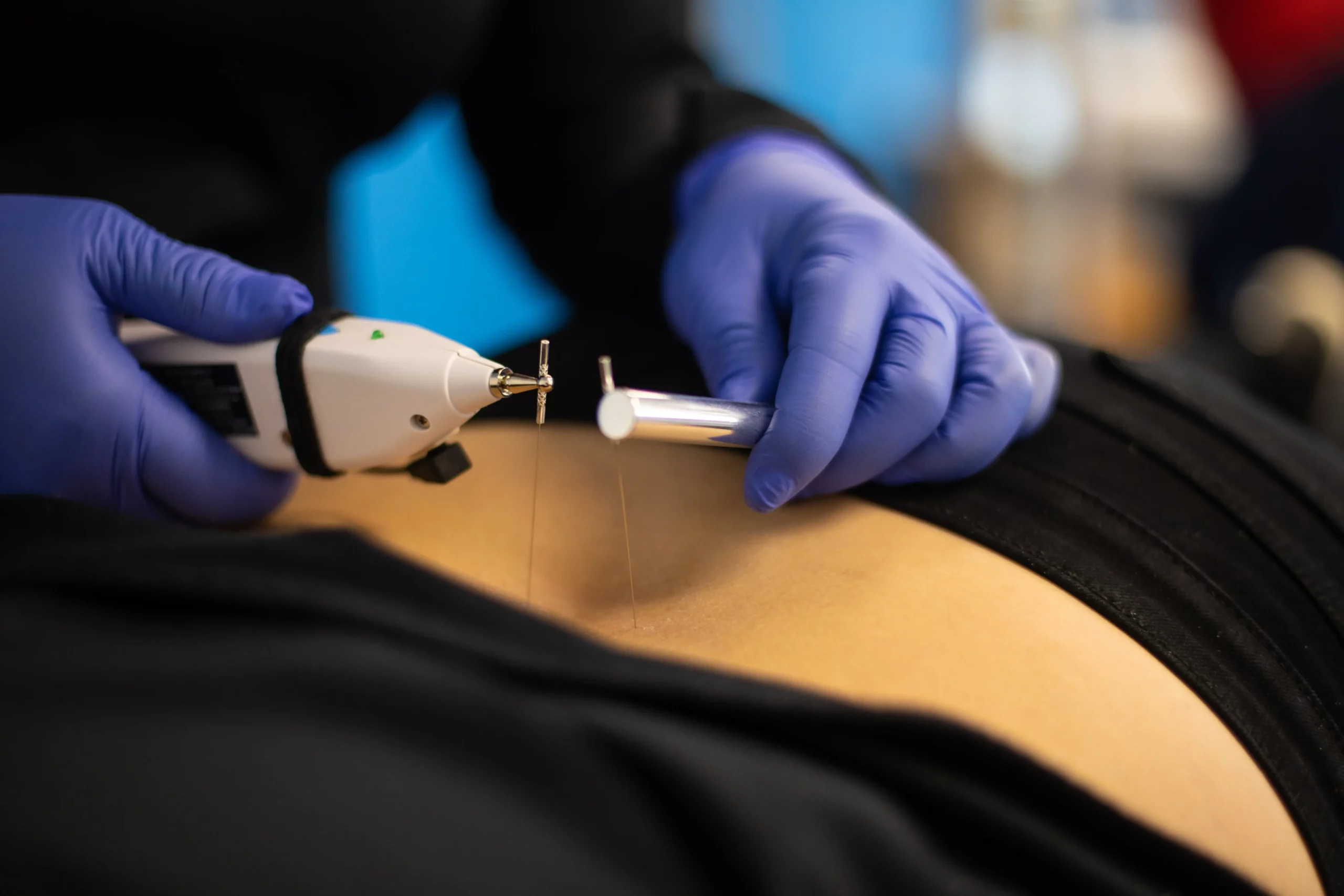According to the CDC, more than 50 million Americans experience chronic pain. A recent study from the National Institutes of Health shows that the number continues to increase yearly, as around 21% of the population now have chronic pain compared to other common conditions.
Pain is your body’s response to an injury. Chronic pain sets in when that response lasts longer than it should.
There are many approaches to chronic pain management. However, some of these have downsides, while others may not deliver the relief a patient needs. Spinal cord stimulation (SCS) is one method that has become more prominent in recent times. According to Washington State Health Care Authority, doctors complete more than 50,000 SCS treatments annually.
What Is Spinal Cord Stimulation?
Doctors place the electrodes directly around the area they believe is the source of the pain. The low-voltage electric current from the electrodes stimulates nerves in the spine, triggering the release of inhibitory neurotransmitters to shut down the impulses responsible for your pain.
Think of how pacemakers work to correct abnormal heartbeats; a spinal cord stimulator works similarly.
The Advantages of Using Spinal Cord Stimulation for Pain Management
Some of the main advantages of spinal cord stimulation include the following:
- Treatment for different types of pain. Doctors may recommend SCS to treat various types of pain, including nerve, spine, back, and chest pain.
- Help where other forms of treatment fail. SCS is an alternative management approach for chronic pain that remains unresponsive to other forms of treatment.
- Reduced dependence on pain medications. Opioid-based painkillers are effective in chronic pain management. However, the bulk of them have long-term effects, including addiction. Spinal cord stimulation helps keep the dosage of pain medications and use frequency low.
- Minimally invasive procedure. Doctors only need to make a small incision around the pain site to install the spinal cord stimulator.
The Complications of Spinal Cord Stimulator Usage
Some of the common risks of using spinal cord stimulation for chronic pain management include the following:
- Risk of infection. Since the process involves inserting a device into your body, there’s always the possibility of infection around the incision site. The doctors will treat the infection and/or remove the stimulator in this scenario.
- Electrodes shifting out of place. The leads delivering electrical pulses to the pain site might shift after a while, requiring adjustment. However, the probability of this happening is now lower due to advancements in spinal cord stimulator technology.
- Leads breaking. The spine (and all the ligaments and muscles around it) is flexible. When the inserted leads aren’t strong enough to withstand flexing and bending, they might break. You’ll need surgery to correct this complication.
- IPG failure. The pulse generator that delivers electricity through the electrodes has a finite lifespan. If the generator breaks down or runs out of power, you’ll need surgery to replace it.
The Spinal Cord Stimulation Specialists in New Jersey
For more information on spinal cord stimulation or to book your procedure, call New Jersey Pain Care Specialists at (732) 720-0247.
Our doctors accept most insurance plans, including workers’ compensation, no-fault, and PIP (personal injury protection). Same-day appointments may be available.
We can also recommend other treatments like epidural steroid injections.
Frequently Asked Questions
Is Spinal Cord Stimulation an Inpatient or Outpatient Procedure?
Spinal cord stimulator implantation is an outpatient procedure, barring any complications. Therefore, it’s best to work with a board-certified specialist with extensive experience in neuromodulation.
How Long Will the Spinal Cord Stimulator Last?
The components of the spinal cord stimulator have different lifespans. First, the leads will last indefinitely if they don’t bend or break. However, the internal pulse generator lasts five to 10 years.
The internal pulse generators are either rechargeable or non-rechargeable. The rechargeable IPGs last longer — up to nine or 10 years.
Regardless of your IPG type, your doctor can replace them when necessary through a minor surgical procedure.
What Can I Expect in the Days After the Spinal Cord Stimulation Implant?
A week after the installation of the spinal cord stimulator, you can expect to return to our office so we can evaluate the healing process and change the device settings if necessary. Most spinal cord stimulators need slight adjustments in the first few weeks to ensure stability.

